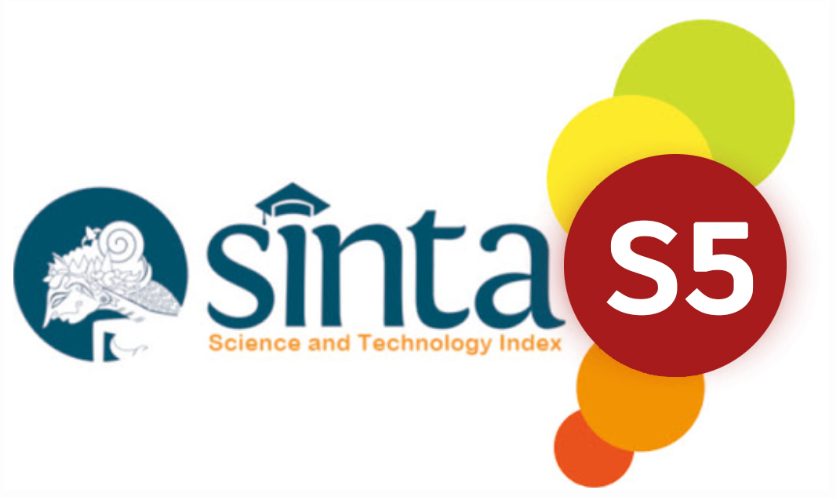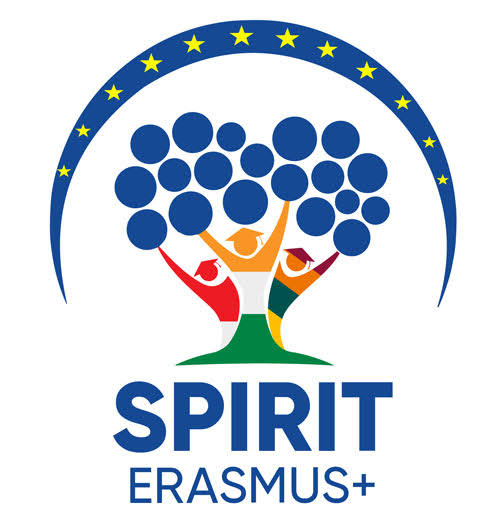Unraveling the Complexities of Polycystic Ovarian Syndrome: A Comprehensive Review
DOI:
https://doi.org/10.32734/sumej.v7i2.16035Keywords:
fertility, hyperandrogenism, insulin resistance, ovulatory dysfunction, PCOSAbstract
Background: Polycystic Ovarian Syndrome (PCOS) is a complex endocrine disorder affecting reproductive-age women, characterized by hyperandrogenism, ovulatory dysfunction, and polycystic ovarian morphology. Objective: The aimed was to explore the key topics including the role of insulin resistance and hyperinsulinemia in PCOS pathogenesis, the impact of hormonal imbalances on menstrual irregularities and fertility, and the association of PCOS with metabolic syndrome and cardiovascular risk factors. Methods: This comprehensive review delves into the multifaceted nature of PCOS, exploring its etiology, pathophysiology, clinical manifestations, diagnostic criteria, and management strategies. Results: The review discusses current diagnostic criteria and controversies surrounding PCOS diagnosis, as well as evidence-based approaches to treatment, encompassing lifestyle modifications, pharmacological interventions, and assisted reproductive technologies. Conclusion: By synthesizing current knowledge and emerging research findings, this review aims to provide a comprehensive overview of PCOS for clinicians, researchers, and individuals affected by this prevalent endocrine disorder.
Downloads
References
Manu T, Soni V, Prabhakar PK. Pathophysiology of polycystic ovarian syndrome. In: IntechOpen; 2022. Available from: http://doi.org/10.5772/intechopen.101921.
Karkera S, Agard E, Sankova L. The clinical manifestations of polycystic ovary syndrome (PCOS) and the treatment options. Eur J Biol Med Sci Res. 2023;11(1):57-91.
Mishra Y, Amin HIM, Mishra V, Vyas M, Prabhakar PK, Gupta M, et al. Application of nanotechnology to herbal antioxidants as improved phytomedicine: an expanding horizon. Biomed Pharmacother. 2022;153:113413.
Prabhakar PK, Singh K, Kabra D, Gupta J. Natural SIRT1 modifiers as promising therapeutic agents for improving diabetic wound healing. Phytomedicine. 2020;76:153252.
Prabhakar PK, Nath D, Singh S, Mittal A, Baghel DS. Formulation and evaluation of polyherbal anti-acne combination by using in-vitro model. Biointerface Res Appl Chem. 2020;10(1):4747-51.
Dubey R, Prabhakar PK, Gupta J. Epigenetics: key to improve delayed wound healing in type 2 diabetes. Mol Cell Biochem. 2022;477(2):371-83.
Nandi D, Sharma A, Prabhakar PK. Nanoparticle-assisted therapeutic strategies for effective cancer management. Curr Nanosci. 2020;16(1):42-50.
Chaudhary H, Patel J, Jain NK, Joshi R. The role of polymorphism in various potential genes on polycystic ovary syndrome susceptibility and pathogenesis. J Ovarian Res. 2021;14(1):125.
Baskind NE, Balen AH. Hypothalamic–pituitary, ovarian and adrenal contributions to polycystic ovary syndrome. Best Pract Res Clin Obstet Gynaecol. 2016;37:80-97.
Chen X, Xiao Z, Cai Y, Huang L, Chen C. Hypothalamic mechanisms of obesity-associated disturbance of hypothalamic–pituitary–ovarian axis. Trends Endocrinol Metab. 2022;33(3):206-17.
Allahbadia GN, Merchant R. Polycystic ovary syndrome and impact on health. Middle East Fertil Soc J. 2011;16(1):19-37.
Laughlin GA, Morales AJ, Yen SSC. Serum leptin levels in women with polycystic ovary syndrome: the role of insulin resistance/hyperinsulinemia. J Clin Endocrinol Metab. 1997;82(6):1692-6.
Wieser V, Moschen AR, Tilg H. Inflammation, cytokines and insulin resistance: a clinical perspective. Arch Immunol Ther Exp (Warsz). 2013;61:119-25.
Commerford SR, Bizeau ME, McRae H, Jampolis A, Thresher JS, Pagliassotti MJ. Hyperglycemia compensates for diet-induced insulin resistance in liver and skeletal muscle of rats. Am J Physiol Regul Integr Comp Physiol. 2021;281(5):R1380-9.
Dunaif A, Mandeli J, Fluhr H, Dobrjansky A. The impact of obesity and chronic hyperinsulinemia on gonadotropin release and gonadal steroid secretion in the polycystic ovary syndrome. J Clin Endocrinol Metab. 1988;66(1):131-9.
Khatlani K, Njike V, Costales VC. Effect of lifestyle intervention on cardiometabolic risk factors in overweight and obese women with polycystic ovary syndrome: a systematic review and meta-analysis. Metab Syndr Relat Disord. 2019;17(10):473-85.
Hammes SR, Levin ER. Impact of estrogens in males and androgens in females. J Clin Invest. 2019;129(5):1818-26.
Del Río JP, Alliende MI, Molina N, Serrano FG, Molina S, Vigil P. Steroid hormones and their action in women's brains: the importance of hormonal balance. Front Public Health. 2018;6:335107.
Neven ACH, Laven J, Teede HJ, Boyle JA. A summary on polycystic ovary syndrome: diagnostic criteria, prevalence, clinical manifestations, and management according to the latest international guidelines. Semin Reprod Med. 2018;36(1):5-12.
Spritzer PM, Barone CR, de Oliveira FB. Hirsutism in polycystic ovary syndrome: pathophysiology and management. Curr Pharm Des. 2016;22(36):5603-13.
Zandi S, Farajzadeh S, Safari H. Prevalence of polycystic ovary syndrome in women with acne: hormone profiles and clinical findings. J Pak Assoc Dermatol. 2010;20(4):194-8.
Ali HI, Elsadawy ME, Khater NH. Ultrasound assessment of polycystic ovaries: ovarian volume and morphology; which is more accurate in making the diagnosis? Egypt J Radiol Nucl Med. 2016;47(1):347-50.
Downloads
Published
How to Cite
Issue
Section
License
Copyright (c) 2024 Sumatera Medical Journal

This work is licensed under a Creative Commons Attribution-ShareAlike 4.0 International License.
The Authors submitting a manuscript do so on the understanding that if accepted for publication, copyright of the article shall be assigned to Sumatera Medical Journal (SUMEJ) and Faculty of Medicine as well as TALENTA Publisher Universitas Sumatera Utara as publisher of the journal.
Copyright encompasses exclusive rights to reproduce and deliver the article in all form and media. The reproduction of any part of this journal, its storage in databases and its transmission by any form or media, will be allowed only with a written permission from Sumatera Medical Journal (SUMEJ).
The Copyright Transfer Form can be downloaded here.
The copyright form should be signed originally and sent to the Editorial Office in the form of original mail or scanned document.











